
All categories
Featured selections
Trade Assurance
Buyer Central
Help Center
Get the app
Become a supplier

(3808 products available)










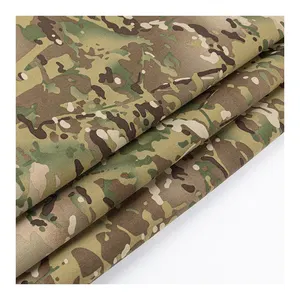


























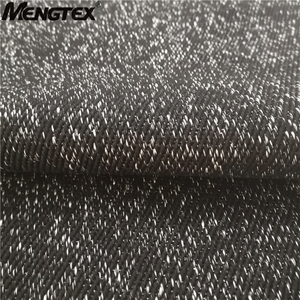
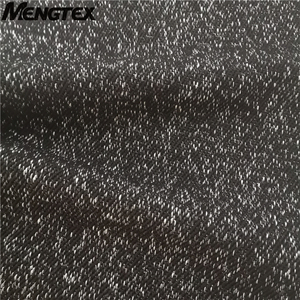
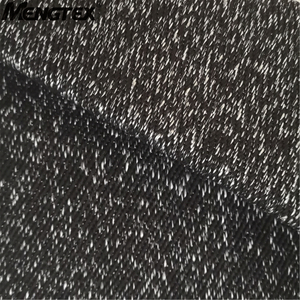
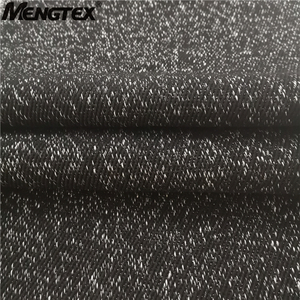

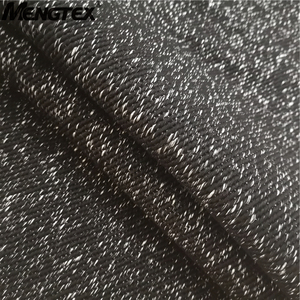






The bulletproof materials chiefly include various fabrics and synthetics that are skillfully put together to offer protection against bullets. Each material type is designed for enhancement in weight, flexibility, and protection level.
Aramid fibers
They are a class of synthetic fiber known for their strength and durability. Commonly recognized under the trade name Kevlar, these fibers have wide usage in personal protective equipment, including bullet-resistant vests. The fibers are tightly arranged in weaving patterns to enable them absorb and disperse the kinetic energy of a projectile, very much like a tennis racket catching a ball.
Polyethylene (PE) fibers
PE fibers are equally lightweight but denser than aramid fibers. They have significant resistance to water and a host of many chemicals. Due to their excellent strength and superior ability to offer protection, they have wide usage in making bullet-resistant vests and other armor, including hard plates. They are more expensive compared to some other materials.
Ultra-high-molecular-weight polyethylene (UHMWPE)
UHMWPE is a type of polyethylene with a high molecular weight. It has significant resistance to abrasion and impact. The strong molecular bonds afford excellent protection against ballistic threats. Commonly recognized under the trade name Dyneema, it has a variety of applications in personal armor and other defensive products.
Steel
Steel, given its density and toughness, makes an ideal material for ballistic armor. Plates made of steel can withstand high-velocity bullets. Often, steel plates are found in vehicles for military applications or in civilian settings where there are risks. Despite its unmatched protection, it is heavier and less flexible compared to modern composite materials.
Ceramic composite materials
These usually consist of a ceramic layer overlaid upon the composite. The ceramic hardens and breaks the projectile, while the composite behind it stretches and absorbs the energy. These materials are favored for their balance between weight and protection. They are frequently employed in armored vehicles and personal gear in law enforcement work.
Reinforced fiberglass
Fiberglass stuffed with resin and strands of glass offers protection against bullets, albeit at a lower level than aramid or polyethylene. It has a lightweight structure that still retains the toughness to resist some ballistic threats. Reinforced fiberglass is commonly applied in situations where cost could be a factor or where the weight has to be minimized.
Personal protection equipment (PPE)
Bulletproof vests, a significant gear for military personnel, come in two forms: soft and hard armor. Soft armor, which includes vests and is made from tightly woven fibers such as aramid or polyethylene, protects against lower-velocity handgun threats. Hard armor takes the shape of plates inserted into vests and is produced from materials like reinforced ceramics or steel. It provides ballistic protection against high-velocity rifle rounds. Helmets also use similar materials to offer protection from ballistic threats to the head, albeit in a lighter and more comfortable form.
Security vehicles
The vulnerability of civilians operating in high-risk zones has led to the ever-growing popularity of armored vehicles for protection. Civilian versions of military-grade vehicles have enhancements such as bulletproof windows, reinforced chassis, and bodywork that can withstand the impact of gunfire. These vehicles are designed with the dual purpose of safety and mobility. In War-Torn regions, they enable mission accomplishment without incurring risk to life or limb. Armored SUVs, sedans, and vans have become standard transport for diplomats, journalists, and humanitarian workers in dangerous environments.
Safe rooms and building armor
Insured persons at risk of direct attack, hostage situations, or general gun violence can retreat to safe rooms with bullet-resistant walls and doors. Constructed with materials like reinforced steel, ballistic composite or concrete, these sanctuaries are self-protective areas designed for defensive use. Bulletproof materials also find application in security fortification for critical infrastructures such as banks, government buildings, or military facilities. Here, protection from enemy fire or terrorist attacks is paramount to safeguard life and sensitive assets.
Law enforcement gear
Ballistic shields are portable protective barriers used by police officers during high-risk situations such as hostage rescues or active shooter incidents. They are constructed of layered composite materials that can block bullets while still being lightweight. Officers wear ballistic helmets that offer protection to the head against gunfire and other blunt trauma threats. These helmets integrate seamlessly with other tactical gear and are made of advanced materials like Kevlar or aramid fibers.
Military applications
Body armor includes various protective gear designed to keep soldiers safe on the battlefield. This comes in levels, from soft armor that protects against handguns to hard armor, which is resistant to rifle fire. Armored vehicles such as tanks, personnel carriers, and trucks are designed with bulletproof materials. They offer mobile protection for troops and equipment. Tactical gear, including helmets, plates, and carriers, help soldiers perform tasks with greater safety.
Protection for civilians
In war zones, civilians such as journalists, aid workers, and contractors travel in vehicles with bulletproof glass and reinforced structures. They provide a safer means of transportation amid hostile environments. Products for personal use include backpacks and briefcases with bullet-resistant panels. These are designed for individuals concerned about potential threats in their daily life.
Testing standards
Bulletproof materials ought to meet rigorous testing standards by accredited institutions. Look for certifications like NIJ, which signify the armor's ability to halt specific test rounds. Such evaluations guarantee reliability in crucial life-preserving situations.
Consistent quality control
Neither bullet safe materials manufacture nor assembly can afford to be slack. Stringent quality oversight throughout production ensures each item performs as intended, whether it is fusion of fibers, stitching or fabrication. Close attention fosters trust that gear responds effectively under threat.
Use of genuine materials
For manufacturers and suppliers, it is important to utilize originals in materials. Counterfeits or substandard imitations compromise protection levels. Bulletproof gear should authentically bear names of reputed makers to signify employment of tested formulations. Regular replacement maintains security due to wear of old armor that erodes performance.
Proper storage conditions
Overheating or dampness detrimental to armoured backpacks and gear. Keep it stashed in moderate, climate-controlled environments away from sunlight. This preserves integrity as well as readiness when danger looms. Exposure to elements decreases lifespan faster than expected.
Maintenance compliance
Regular cleaning, inspection and adherence to care directives optimize bulletproof gear's performance. Users must follow up tasks to uncover wear, damage or defects undermining potential as time goes by. Proper upkeep cares for vital protection expected from armor in exigency.
Expiration watch
Armor panels and materials age and degrade over time, no matter how much or rarely they are used. Be mindful of suggested replacement schedules from makers so gear does not become obsolete. Vigilance guarantees security amid threats continuously.
A1: It is said to be bullet resistant when it is made from fortified materials like polycarbonate and laminated layers of glass designed to stop specific bullets. Think of it as a shield that thwarts foe without cracking or coming loose.
A2: Yes, it does. Gradually, by the cycles of heat, cold, and wet, coupled with impacts and stress, takes a toll on the materials. With time, its protective powers may wane. Hence, following care and replacement schedules is paramount to maintain optimum security.
A3: Predominantly, it is not meant for slashing or stabbing. Still, some premium models boasting extra features like trauma plates could absorb a fair push or cut. Check for ratings to coverage ensure that no touch comes from close combat.
A4: Specially designed backpacks provide safe refuge during emergencies, like school shootings. With constructive conversations, they can discreetly carry hope rather than fear. It's crucial parents choose age-appropriate gear and explain the armor's purpose clearly.
A5: Legislation concerning armor varies by jurisdiction. Generally, it's permitted, especially in risky settings. Nevertheless, local laws and regulations must be consulted beforehand always for comprehensive clarity and ensuring compliance.